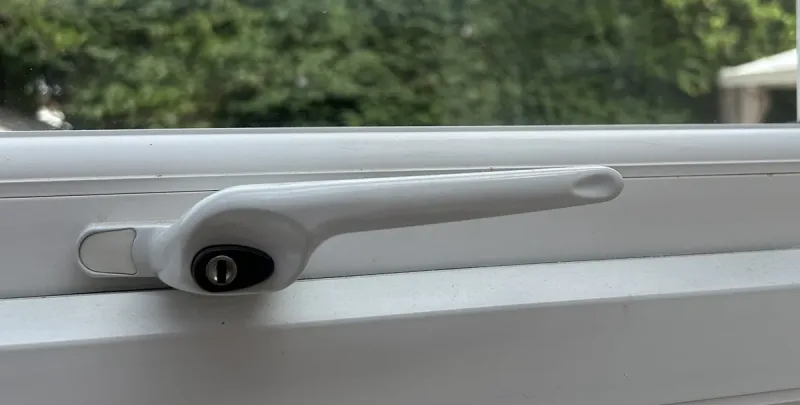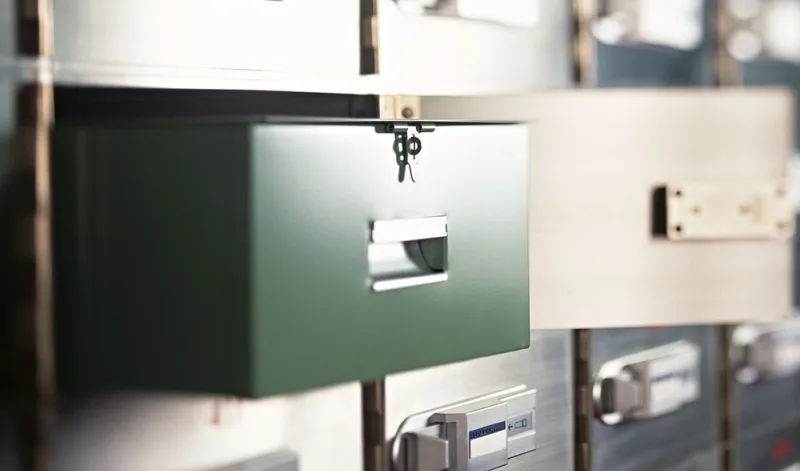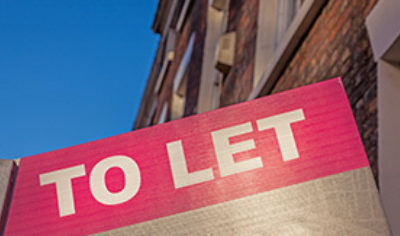All insurance policies of what ever description will contain terms and conditions, which some people like to refer to as small print. (Literally small printing containing terms & conditions that is difficult to read). In recent years most insurance companies have tried to move away from being associated with this type of document and great efforts have been made to make sure policy documents are written in plain English with full details of any onerous terms & conditions supplied before your commit to buying a policy. The Financial Services Authority, when deciding to regulate the insurance industry came up with a list of rules governing the sale of insurance. One of this rules stated that all potential customers were to be provided with a “Keyfacts” document which would provide key information relating to the contract of insurance on offer.
The Keyfacts document provides a snapshot of the policy document, as well as providing information about the company offering the cover; it should provide the salient details of the cover. This document has helped overcome a lot of the problems relating to customers being unaware of exactly what they are buying and from whom. One of the most important sections of the Keyfacts document relates to significant exclusions or limitations, it’s important to study this section prior to buying insurance cover. As the Keyfacts document is generic in nature, it’s important to also study the demands & Needs statement which accompanies sales literature, as it is here that any significant or unusual exclusions will be listed. By significant or unusual, the inference is for the customer to be told if a particular policy does not offer what is seen to be the market norm, ie, flood cover provided under a home insurance policy. If there is an exclusion of a peril, often for underwriting reasons, then it should be mentioned by the seller and the customer should be aware of the limitation.
When you receive your insurance documentation, you should received fairly similar documents from whom ever you buy your policy, for non motor contracts, this should include: A sales letter with a demands & needs & suitability statement, a Keyfacts document, a schedule of insurance and a policy document. All documents needs to be read in conjunction with each other.
Whilst the policy documents will list the full terms and conditions, the schedule of insurance should list any specific endorsement that applies to the contract, these do vary from one type of policy to another, you can expect the list of endorsements for a holiday home insurance to be different from a block of flats insurance. Always study the documents carefully and revert back to the seller if you are in any doubt as to the documents accuracy or you are unclear on any of the terms & conditions. Some of the things to look our for in the documentations are as follows:
- Demands & Needs & Suitability Statement - This is where the product provider outlines, what type of insurance contract you are looking for and confirms that what your are being offered is suitable for your needs.
- Keyfacts - This document offers you a snapshot of the policy and provides valuable information about the insurance contract; it will not list any special exclusion that may apply to your own cover.
- Endorsements - These alter the scope of the main policy cover; they can either increase or restrict cover. It is important these are studied carefully.
- Warranties - These usually place an obligation on the policyholder to carry out some task in order for the cover to be valid. An example would be the fitting of a burglar alarm for Theft cover to apply
- Schedule of Insurance - This document makes the policy unique to you; in respect of a building or contents insurance policy it will list the policyholders name and any other interests (such as mortgage lender). It will state the insured period ( usually 12 months) It will list any special endorsements that are to be applied to your policy. The schedule should also mention the policy excess that you have to pay and if any extensions of cover have been included (such as full accidental damage cover) Finally, It will show the sums insured and the sections of the policy covered.
- Policy Document - This document provides the full scope of the cover and will also list the warranties and endorsements that apply. You should refer to your schedule to see which sections are covered. Some policy documents are very generic in nature and will have a long list of endorsements, usually, not all of these will apply, only those that are mentioned on your schedule. The policy will also contain a list of general exclusions for all polices and will also provide details of how you make a claim
Whilst great strides have been made to eliminate small print from insurance documents and to treat customers fairly, it is still important to study all documentation closely.





























